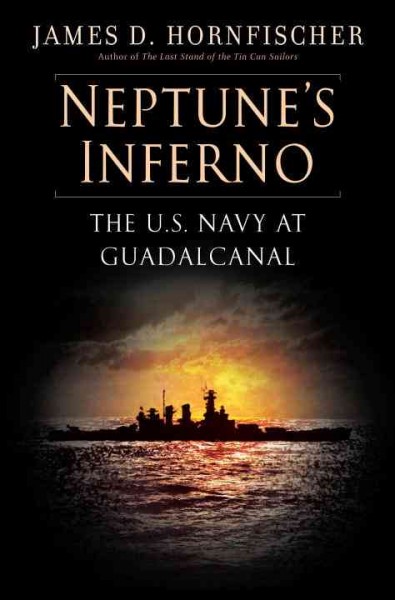 People have been writing books about the Battle of Guadalcanal basically from the moment the island was secured. As the first US land offensive of World War II, this battle has attained almost mythical statues. Hornfischer in Neptune’s Inferno tries to edit some of those myths while at the same time highlighting to often forgotten roll of the US Navy in the battle for the island.
People have been writing books about the Battle of Guadalcanal basically from the moment the island was secured. As the first US land offensive of World War II, this battle has attained almost mythical statues. Hornfischer in Neptune’s Inferno tries to edit some of those myths while at the same time highlighting to often forgotten roll of the US Navy in the battle for the island.
At the height of the battle for every infantryman killed on Guadalcanal, two died in naval operations. Some of the most horrific naval engagements were fought in waters around the island. To the point that the area between Salvo Island and Guadalcanal was renamed Iron Bottom Sound.
One of the major reasons for this was in part the desperate efforts the Japanese went to resupply the island. In some cases they loaded supplies in to steel drums and pushed them off their ships into the water off the island in the hope they would float ashore. It was also due to the fact that the US Navy was woefully unprepared to fight. Hornfischer highlights the major advances in fighting technology available to the navy, like targeting radar, and their, initial, inability to use them.
This book combines a lot of technical information along with engaging personal stories of the sailors who fought at Guadalcanal. Hornfischer spends a lot of time explaining the process for aiming and firing large naval guns. Still you get a sense of the men firing them too. He also does not flinch from talking about the horror and gore of ships in combat.
